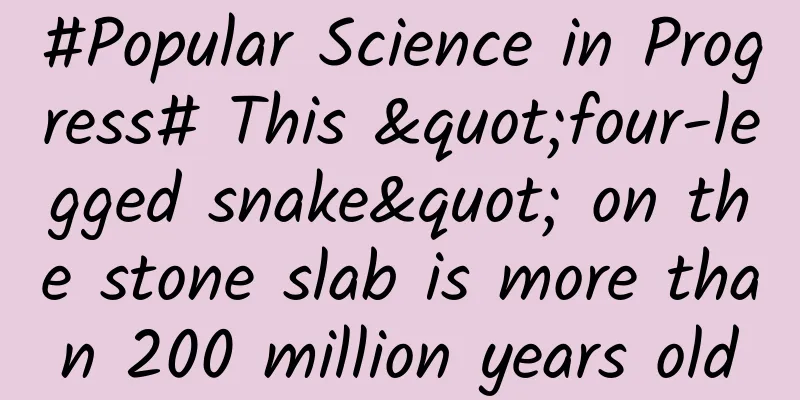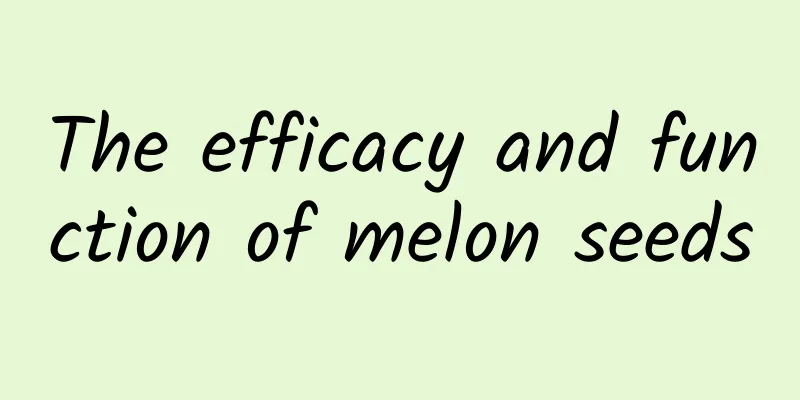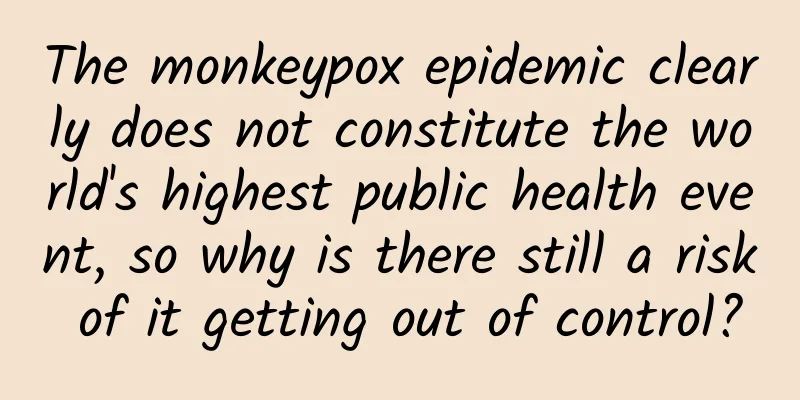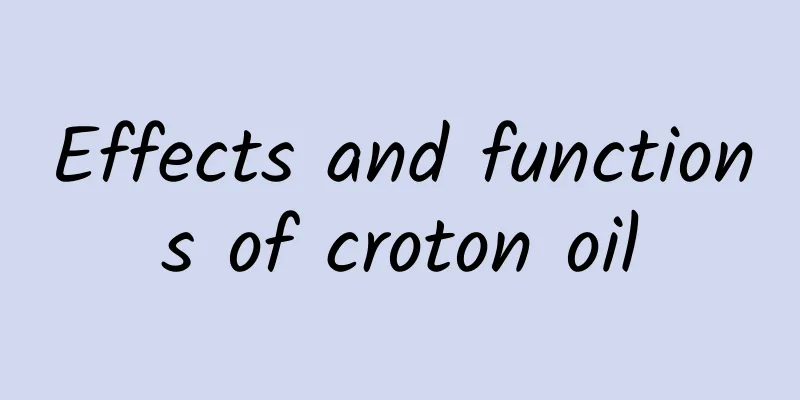Blue foods can make people lose their appetite, so why are blueberries an exception?
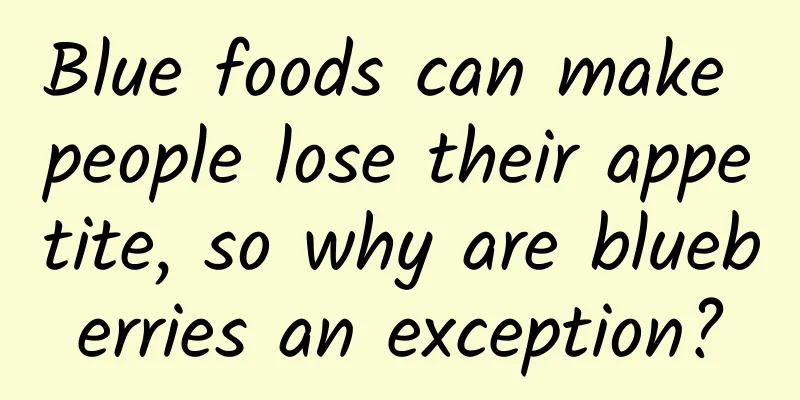
|
When it comes to blue foods, the first thing that comes to mind is definitely blueberries. It is probably hard to think of other things. Indeed, there are only a handful of blue foods that can be seen in life. Why? There are three reasons involved: 1. Concerns about blue 2. Preference for sugars 3. Behavioral compromise The blueberry issue is probably a compromise in behavioral science: the sweetness of blueberries and their color. The sweetness of blueberries outweighs the visual concerns about the blue color. Also, blueberries are generally purple. Let's introduce these three points one by one. 01. Blue, a rare color Although blue is also found in natural foods, its proportion is much smaller (many people confuse these two points, as "many" and "proportion" are completely two different logics). Let's talk about animal pigments first . There are some in animals, such as the horseshoe crab, which has blue blood rich in copper ions and has great medical value, but drinking it directly can cause poisoning or even jail time. Others are generally found in feathers or shells, and are structural colors , which are not edible for humans. As for plant pigments , there are generally these types Pyrrole pigments are mainly found in the chloroplasts of green plants, mainly represented by chlorophyll . In higher plants, there are two main types of chlorophyll, chlorophyll a and chlorophyll b, which are blue-green and yellow-green respectively, and their ratio is 3:1. Polyene pigments are also called carotenoids, which are mainly divided into two categories: carotenes and xanthophylls . Carotene pigments contain a large number of conjugated double bonds, such as α, β, γ-carotene and lycopene. Oxygenated derivatives containing conjugated polyenes are xanthophylls, such as annatto, zeaxanthin, and crocetin. Phenolic pigments are mainly anthocyanins , which appear in red, blue and purple depending on the type and environment. There are fewer types of pigments containing quinone or ketone structures, and they are more common in red beets . They generally come in three colors: red, yellow, and purple. It can be seen that the blue pigment in plant pigments can almost only be found in anthocyanins. The color of anthocyanins will change with the pH value of the environment. In addition, the lack of blue is also related to photosynthesis Plants can absorb most of the blue visible light and have very low absorption of green light, so most of the plants we see are green. In this case, as a rare color, we naturally think that we should pay attention to it, which is also an evolutionary strategy. Therefore, we finally have to choose between sepia and blue, and this situation is formed. 02. Sweetness, animal pursuit Sweetness is a very interesting thing. You may have noticed in your life that ants chase sweetness, and dripping drinks and the like will quickly attract ants. In fact, the attraction of sweetness to living things is universal, whether it is humans, other mammals or insects, they all like to chase sweetness. Of course, the reason behind this is not just sweetness, but energy. Energy is the basis for the survival of all living things, so one of the needs rooted in the genes of living things is energy, and the best way to obtain energy is naturally food. Therefore, for all living things, obtaining energy is almost a lifelong pursuit. Although many humans today have escaped hunger, for most of the time in history, we have been fighting against famine. Therefore, the happiness that food can bring can be said to exceed most things. So, what kind of food has high energy? One of the answers is: sugar. Sugar is a basic bioenergy substance and a basic substance necessary for our human metabolism. The most common form of energy in nature is sugar . Whether it is fructose in fruits, sucrose in sugarcane or starch in staple food, they are all important sources of energy for us. Therefore, the intake of sugar is an important source of human happiness. Sugar is a basic bioenergy substance and a basic substance necessary for our human metabolism. Therefore, sugar is the source of happiness. The typical taste of sugar is: sweet. Over time, the brain will learn that sweet things are good and can make people happy, so many of the foods we choose are sweet, and even medicines for children are wrapped in sugar (of course, you can also think about the source of bitterness. Essentially, organisms associate it with bad and unpleasant things, thus forming the feeling of bitterness to keep people away). Therefore, as long as sweetness can be provided, happiness will be endless. Therefore, blueberries themselves are sweet, which naturally appeals to us in terms of taste. In fact, there is a very interesting point here, why do humans like sourness? One theory is that sourness is often produced by organic acids after sugar fermentation, and another theory is that sourness is similar to antioxidant ingredients. These are all abilities that have evolved over a long period of time. 03. Behavioral Compromise In life, you will definitely face many dilemmas, such as whether to sleep in or get up and curl up, such as tempting food but afraid of gaining weight, or even seeing someone you like but afraid of being rejected when you confess your feelings. This is the compromise of motivation. One factor that causes changes in animal behavior is motivation, which is a reversible in vivo process that causes changes in animal behavior. And one of the characteristics of motivation is: compromise. For example, in the following picture, the guinea pig's behavior is shown as follows: on one side is the food, and on the other side is the threat represented by the colored disc. When the guinea pig sees the food, it will want to eat it, but when it sees the disc, it will be afraid. So the guinea pig's final behavior will be a compromise between the two. If the hunger is more severe, you will rush over after hesitation; conversely, if you are not too hungry, you will choose to stay or even return. Similar situations abound. The compromise of motivation ultimately depends on which motivation is stronger, so there will be things like drinking poison to quench thirst. That’s all for today’s science popularization. Now you understand why we rarely see blue foods in our lives! |
>>: We've found a treasure! What exactly is the shale gas everyone is talking about?
Recommend
The efficacy and function of beef rib tendon
The essence of traditional Chinese medicine is to...
The efficacy and function of musk
I don’t know if you are familiar with the concave...
Jilin City added 1,268 new cases of infection in one day! 10 new medium-risk areas! Where did all the people who came out of here go?
According to the "Jilin City Release", ...
Can Hericium erinaceus tablets be taken for a long time?
Medicines are very helpful in treating diseases, ...
The efficacy and function of Fritillaria cirrhosa
After thousands of years of sedimentation and acc...
More "terrible" than sugar and salt! Three highs, diabetes all come to you! You may eat it every day
This article was reviewed by Pa Li Ze, chief phys...
Once the wound heals, the pain is forgotten, so why do scars remain after the wound heals?
Everyone is familiar with "scar physique&quo...
The efficacy and function of red elm
Chinese medicine has different effects on our bod...
High blood pressure can be cured for some people! But it can be very dangerous if left untreated!
This article was reviewed by Zhang Mingzhi, a pos...
The efficacy and function of willow flowers
Traditional Chinese medicine is very helpful in t...
The efficacy of Chinese medicine Qing Banxia
Qing Banxia is a common medicine in traditional C...
Can you really get over your ex? It might be hard...
Leviathan Press: If you were asked to recall and ...
The efficacy and role of Yizhi
Alpinia oxyphylla is a medicinal herb that can tr...
The efficacy and function of fragrant tea
There are many common Chinese medicinal materials...
Can children eat Panax notoginseng?
As a kind of traditional Chinese medicine, Panax ...


